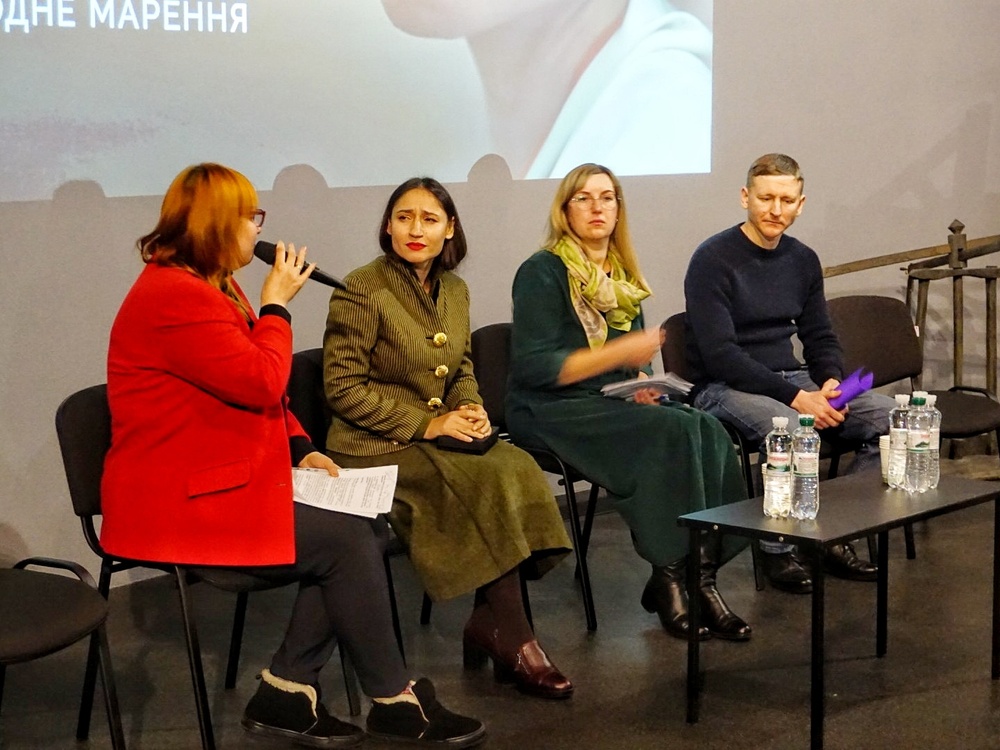site.btaTalk on Famine in Bessarabia Takes Place at Kyiv's National Museum of the Holodomor Genocide


The National Museum of the Holodomor Genocide in Ukraine hosted a screening of the documentary Yona. Hungry Delirium and a public talk focused on the mass artificial famine of 1946-1947 in Ukrainian Bessarabia. The event was organized by the collaborators of the National Museum of the Holodomor Genocide, which was announced on the museum's website.
Prior to the screening, the film was introduced by Anastasiya Gudima, Director of the Department for Diversity and Equal Opportunities at the Suspilne Public Broadcasting Company, and director Olena Krivenko.
Yona. Hungry Delirium ‒ a documentary film by Public Broadcasting about the transformation of Yona Tukuser, a Ukrainian artist of Bulgarian origin, who explores the theme of the famine of 1946–1947 in the Odesa region through art. The film explores the connection between personal tragedies and national memory in Yona’s work. For over a decade, she has researched the man-made famine that occurred in 1946–1947, and its lasting impact on Ukrainian Bulgarians. To support her research, Yona has gathered evidence of the deaths caused by the famine among Bessarabian and Tavrian Bulgarians, as well as documented eyewitness accounts.
"We will be screening a film and talking about a topic that is one of the least studied in Ukrainian history - the famine of 1946-1947", said museum director Lesya Gasicak before the film's screening. "Separately, we will see the ethnic cross-section of this tragedy, because it affected almost all national minorities living in Ukraine at the time - Bulgarians, Poles, Germans and others". She thanked its creators - the protagonist Yona Tukuser, a Ukrainian painter of Bulgarian origin, and also Suspilne for their important work. "This film is one of the important steps towards scaling up and thoroughly exploring the tragedy that affected almost every Bulgarian family in southern Ukraine at that time", said Anton Kisse, President of the Association of Bulgarians in Ukraine.
During the event, a descendant of the family gave the museum records with the names of 702 victims of the famine in the Bulgarian village of Golitsa, Bolgrad district, Odesa region, organizers said.
Historical data shows that during the famine of 1946-1947, the inhabitants of Izmail district (nowadays southern part of Odesa region) and Chernivtsi district in Ukraine suffered the most. As of July 2, 1947, there were more than one million and 154 thousand famine-stricken people in Ukraine. During the famine, it was mostly peasant bread producers who perished. The number of inhabitants in the Bulgarian villages of Southern Bessarabia decreased by almost 50%.
/RY/
news.modal.header
news.modal.text